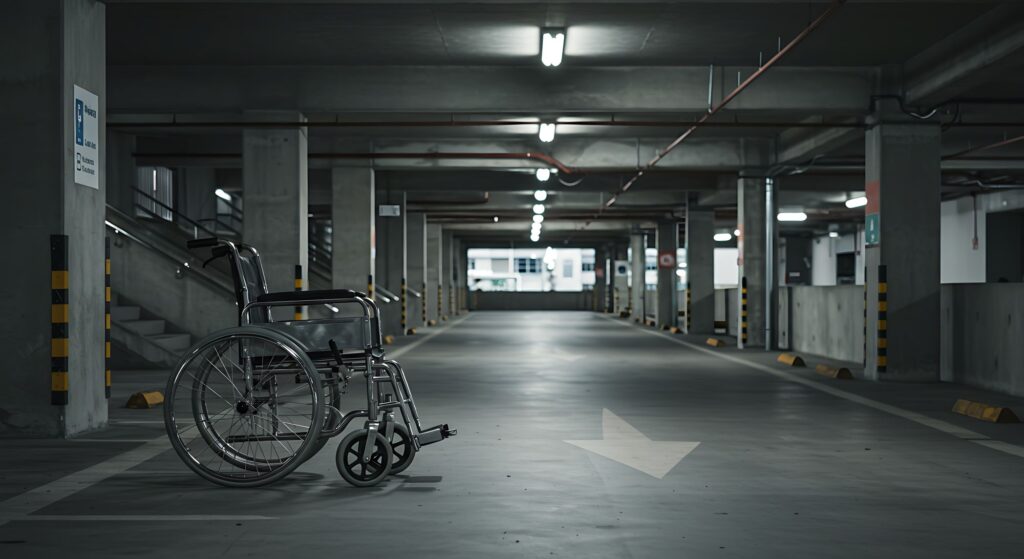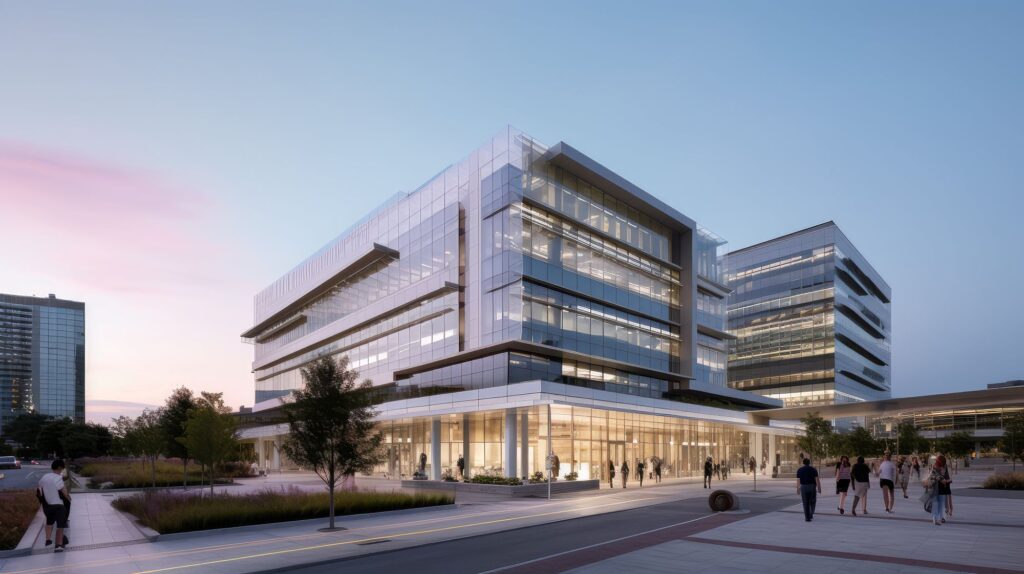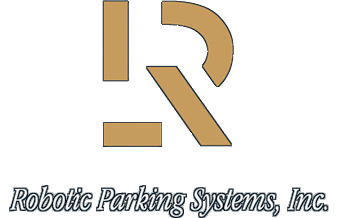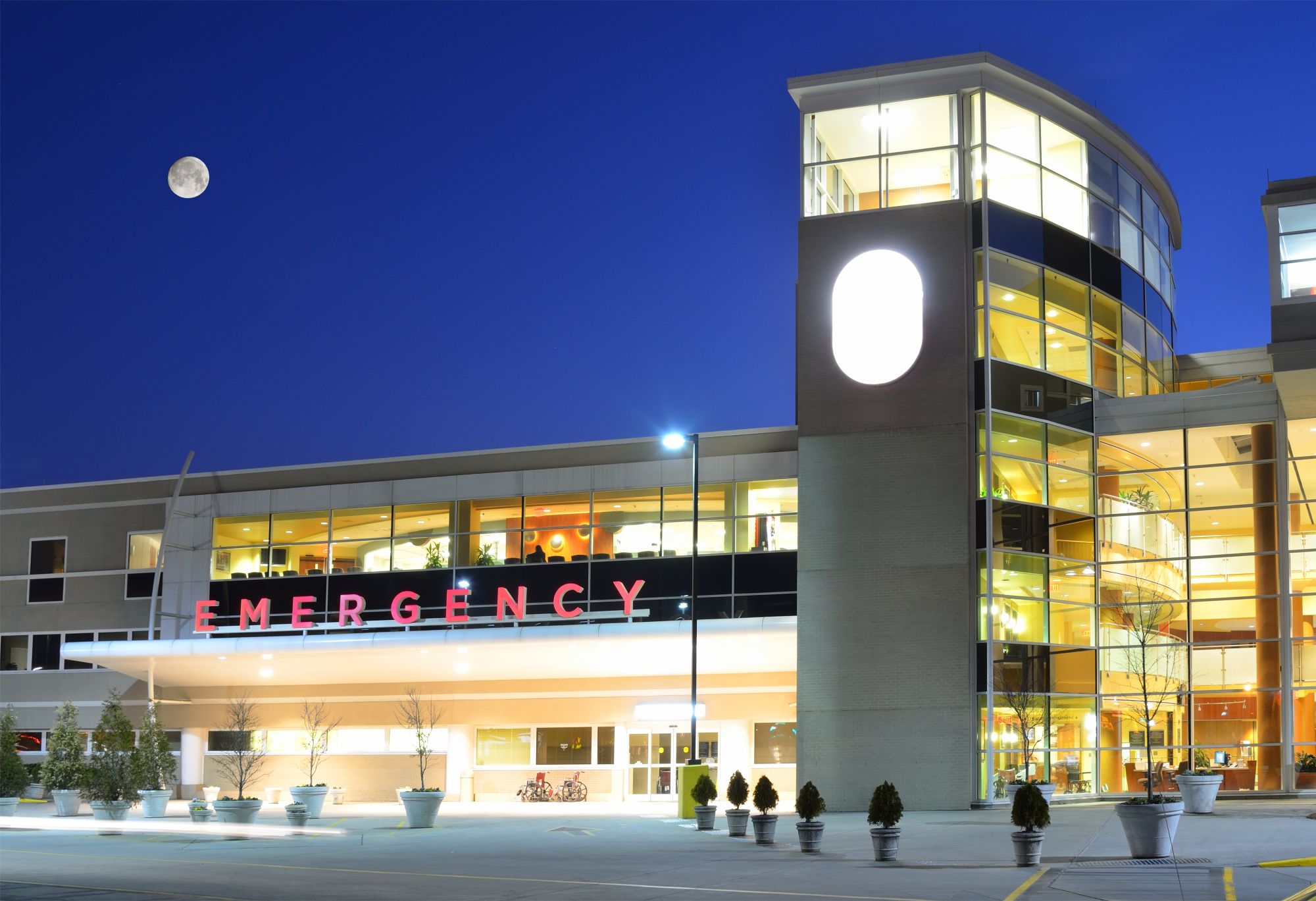Hospitals face some of the most complex parking challenges of any public institution. Unlike shopping centers or office complexes, healthcare facilities must manage a steady flow of patients, visitors, emergency vehicles, and staff, often around the clock. Parking is rarely straightforward, and for many hospitals, it represents one of the most frustrating aspects of the patient experience. Long walks from distant lots, poorly lit garages, and crowded spaces add stress for people who are often already anxious. For staff, particularly those working overnight shifts, safety and convenience are daily concerns.
As hospitals look for innovative ways to optimize space, improve patient pathways, and enhance safety, Robotic Parking Systems offer a solution. Unlike traditional concrete garages, these fully automated systems require only about half the space, free up valuable land for patient care or green space, and create a safer, more accessible, and environmentally friendly experience for all.
The Parking Challenges Hospitals Face
Parking at hospitals is uniquely demanding for several reasons:
- High Volume and Round-the-Clock Usage: Hospitals never close. Staff members arrive and depart at all hours, while patients and families cycle through daily for appointments, procedures, and emergencies.
- Safety and Security Concerns: Large, dark garages and parking lots can feel unsafe, particularly during night shifts or after visiting hours.
- Stressful Patient Experience: Patients often arrive under emotional strain, sometimes disoriented or physically limited, making navigation through expansive garages a daunting task.
- Space Limitations: Urban hospitals in particular struggle to allocate land for parking without sacrificing green space or areas needed for medical expansion.
- Infection Prevention: High-touch public surfaces, like payment kiosks and elevator buttons, create additional risks in healthcare environments.
- Rising Construction Costs: Hospitals must carefully monitor parking facility budgets, as cost overruns can divert critical resources away from patient care, staffing, and future medical investments.
Traditional parking models rarely address all of these concerns at once. This is where automated parking changes the equation.
A Smarter Use of Space

One of the most pressing concerns for hospitals is land use. Conventional parking garages consume enormous amounts of real estate. A typical concrete garage requires approximately 350 square feet per space once ramps, drive aisles, and circulation areas are included. By comparison, Robotic Parking Systems fit the same number of vehicles in roughly half the area.
In addition to the space gain due to the elimination of ramps and the extra space needed for humans. Robotic Parking Systems can have more levels than traditional garages which generally do not push beyond 6 or 7 levels simply because parking patrons do not like navigating that many levels of parking. The automated solution of Robotic Parking Systems can rise 15 levels or more, optimizing the use of vertical space. This addresses the parking demands in densely populated areas and opens up new possibilities for architects and developers, allowing them to reach unprecedented heights in hospital parking design.
2-3 Times the Parking on the Same Footprint
Automated systems consistently deliver at least a 50% gain in area efficiency, effectively doubling the number of spaces within the same footprint.
When vertical expansion is factored in, automated solutions allow construction of up to 15 floors or more without the operational burdens of long ramps and circulation lanes. Depending on the site and design parameters, this vertical expansion can increase capacity to three to three-and-a-half times that of a conventional garage.
The advantage extends beyond sheer volume. Automated parking provides significant improvements in user convenience and safety: vehicles are retrieved quickly and directly, eliminating the need for drivers to navigate ramps, search for spaces, or circulate within the garage. The result is a system that combines space efficiency, vertical flexibility, and a superior user experience.
Taken together, these benefits mean that compared with a traditional concrete ramp garage, a Robotic Parking System can provide two to three times the parking capacity on the same footprint. That efficiency frees up valuable land for additional patient care facilities, green spaces, or wellness gardens—all of which contribute to better health outcomes and patient satisfaction.
Improving Safety and Accessibility

Hospital parking should feel safe, secure, and accessible to everyone. Robotic Parking Systems address this need by eliminating the long walks through poorly lit garages or isolated lots. Drivers simply enter a well-lit terminal, leave their car to be parked automatically, and continue directly into the hospital.
Laura Hodnett of Dharam Consulting has overseen hospital building and renovations projects for the past two decades on three continents. She discussed with us the potential for improved patients and staff parking experience.
“Hospitals operate around the clock so safety is a concern for patients and staff. Automated parking systems allow people to drop off and retrieve their cars in bright, secure terminals instead of navigating large garages or remote parking lots. This improves the patient experience by creating a safer, more welcoming environment from the moment they arrive.”
The systems are also fully adaptable to accessibility requirements. By implementing automated parking, all spaces in an automated garage are ADA-compliant, utilizing the same footprint without extra area requirements. ADA-compliant spaces, with extra room for wheelchairs, walkers, or medical equipment, make loading and unloading easier for patients and families.
Supporting the Patient Pathway
Hospitals are increasingly designed with the Patient Pathway in mind, that is the journey a patient takes from arrival to treatment and discharge. Parking is the very first step of that journey, and it can either add stress or reduce it.
Automated parking removes the anxiety of finding a space, walking long distances, and maneuvering in confusing garages. Patients simply drop off their car at the terminal, knowing it will be retrieved when they are ready to leave. This streamlined process is particularly beneficial for patients being discharged. Once paperwork is complete, families can request their car while still inside the hospital so it’s waiting at the terminal when needed.
For staff, Robotic Parking Systems can designate “hot parking” terminals reserved exclusively for doctors and healthcare personnel, ensuring they are not delayed during peak hours such as shift changes or visiting hours. Quick access to parking helps keep hospital operations running smoothly and ensures medical staff can get to patients without unnecessary delays.
Reducing Infection Risks and Enhancing Emergency Safety
Infection prevention is a top priority in any healthcare setting. Robotic Parking Systems reduce touchpoints by offering mobile check-in, smart card technology, and minimal reliance on shared public screens. Patients and staff interact less with high-contact surfaces, lowering the risk of spreading germs.
Automated garages also provide unique safety features in emergencies. In the rare event of a vehicle fire, the system can isolate the car immediately, minimizing damage and risk to others. Because every vehicle is logged into the system, hospital administrators can quickly identify and contact the owner of the affected car, something impossible in a conventional garage.
Environmental Benefits: Cleaner, Greener Hospitals
Robotic Parking Systems also deliver a meaningful environmental impact, which aligns with the growing emphasis on sustainability in healthcare facility design.
For a 1,000-space garage, the benefits include:
- Elimination of toxic fumes and particles – Cars are turned off during drop-off and retrieval, removing emissions from circling and idling.
- Drastic carbon footprint reduction – Directly contributing to cleaner air for patients, staff, and surrounding communities.
- LEED point gain of up to 17 – Helping hospitals achieve or maintain green building certifications.
- Reusable, sustainable design – Facilities can be adapted over time with less environmental cost.
The smaller footprint and flexible facades allow these facilities to blend seamlessly with hospital architecture while creating a more aesthetically pleasing campus.
Designing for a Healing Environment
Hospitals increasingly recognize that the physical environment influences healing and recovery. By eliminating sprawling, concrete garages, Robotic Parking Systems allow for landscaped grounds, wellness gardens, and patient-centered outdoor spaces. The terminals themselves can be designed with natural light, calming colors, and quiet operation, making the very first patient interaction with the hospital less stressful.
Laura Hodnett emphasizes the value this brings to healthcare.
“When we look at hospital design, every aspect should support the patient experience, including parking. Automated parking frees up space for care and green areas, and creates a patient friendly, low-stress arrival and departure that sets the tone for healing.”
The Cost Advantages of Robotic Parking Systems
With all of the advantages of Robotic Parking Systems, one could assume that would be costly to develop. Surprisingly, the cost of construction per parking space in a Robotic Parking System is the same and even less than conventional concrete parking garages.
Beyond the initial construction savings, Robotic Parking Systems delivers long-term operational cost efficiency. Ongoing maintenance and repair costs are significantly lower than those of conventional garages, which require constant upkeep of lighting, ventilation, elevators, and stairwells. Energy use is also reduced, since robotic systems require no continuous lighting or large-scale ventilation. For hospitals in particular, these savings free up capital that can be redirected into patient care, advanced medical equipment, and facility expansion—ensuring that cost efficiency aligns with their core mission of health and healing.
Reimagining Hospital Parking

Parking may not be the first element people associate with healthcare, but it plays a critical role in shaping both patient experiences and operational efficiency. Traditional parking garages consume valuable land, compromise safety, and create stressful experiences for patients and staff alike.
Robotic Parking Systems address all of these concerns. They maximize land use by cutting required space in half, create safe and ADA-compliant environments, improve the patient pathway, enhance infection prevention, and provide quick access for staff. At the same time, they reduce environmental impact and allow hospitals to design aesthetically pleasing, healing-focused campuses.
By reimagining something as basic as parking, hospitals can create a safer, greener, and more supportive environment, one that benefits patients, families, staff, and the broader community.
For more information and initial design specs for your projects at no cost, reach out to our expert engineer team.

